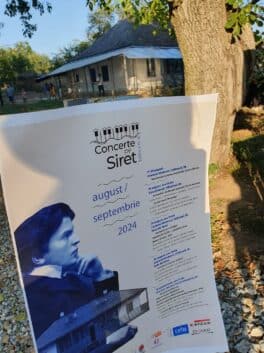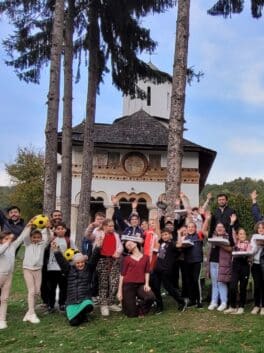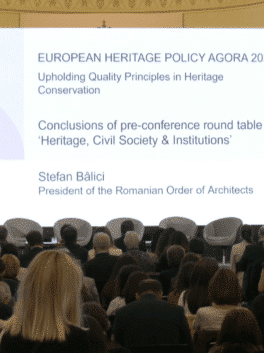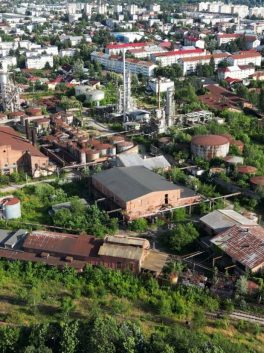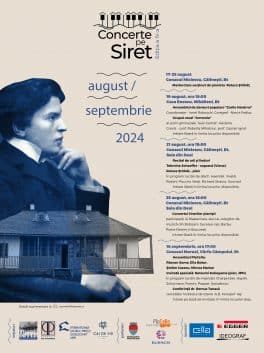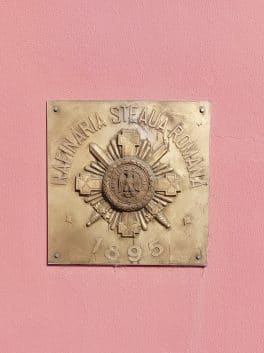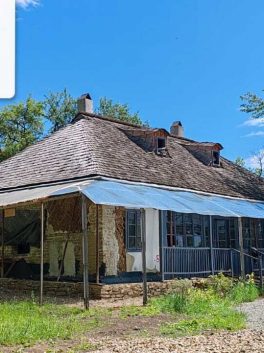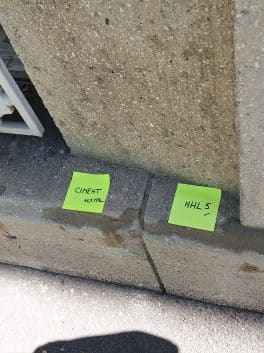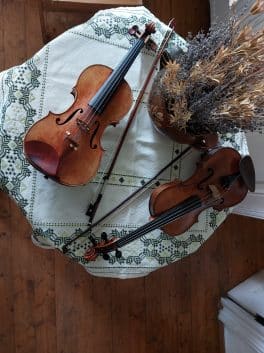
Understanding How to Rehabilitate a Historical Building – Episode 2
Consulting ”the beneficiary”
After collecting information about the building – historical study – analysis of materials – geotechnical study – topographic survey – technical expertise – we can determine what we can do with it and how. It is natural for the architect to help establish the direction, but it is good to keep in mind that any building is used by people and therefore the establishment of the DESIGN THEME should be done while consulting its users, and the architect should be the conductor and moderator of the received ideas. The architect’s job is to harmonize the desires and needs of use with the constraints resulting from the first stage of analysis. Thus, the diagnosis shows where the problems that need to be remedied lie, what are the valuable elements that need to be preserved, what are the constraints related to materials and technique. In the case of the Neamțu Manor, for example, the Roman mosaic on the first floor is an extremely valuable element that must be preserved, so that any intervention on the floor of the rooms with mosaic on them must be avoided.
In order to reach a Design Theme dedicated to the Neamţu Manor from Olari, we consulted children who regularly participate in non-formal heritage education workshops. We considered them to be the main future users of the site and, consequently, their opinion very important. We have prepared a series of kit materials through which we conducted this investigation.
What the children want:
- a place of memory,
- a recreation area with a garden park that includes several activities including summer camps,
- they want the architecture of the mansion to remain unchanged,
- want to see the introduction of new technologies such as solar panels,
- central heating (they know all too well how difficult it is to heat the rooms with a stove).
After the consultative phase, the role of the architect intervenes, who selects from these points of view what is possible and what is more difficult or not at all appropriate. In the case of the Neamțu mansion, solar panels are not an option because they alter the architecture – which all the “beneficiaries” (the children from the local community participating in the non-formal heritage education workshops) want to preserve.
Architect-client cooperation is essential for the end result to meet the needs of users. Even if some requirements seem fanciful and childish, the architect is the one who will know (should know) to translate them into concrete and realistic elements.








